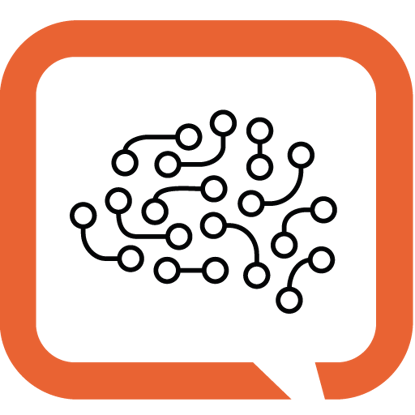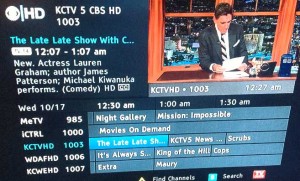For all posts on the Brainzooming blog about the human, albeit somewhat impersonal, interactions social networking facilitiates, we haven't covered the concept of business systems essentially serving as the RSS feeds which drive links, conversations, and analysis within private social networks. Into that gap steps Hunter Richards, an Accounting Market Analyst for Software Advice to cover "application event streams " in this guest blog perspective on how business systems become part of social networking conversations:
Application Event Streams - Attack of the Social Machines
Application event streams - timely business intelligence (BI) updates that can be followed and discussed in a social activity stream - are kick-starting company conversations around critical business data. We’ve seen the value of Twitter and Facebook as critical communications networks, and Yammer and Salesforce.com’s Chatter have applied these same concepts to business to enable social collaboration among knowledge workers. But now TIBCO is taking it to the next level with its Tibbr offering. Tibbr pulls data from sophisticated business systems and incorporates the updates directly into activity streams - sort of like a targeted RSS feed.
Enterprise applications such as enterprise resource planning (ERP) and customer relationship management (CRM) systems have created overwhelming troves of corporate data, but they’re often limited to a few executives and business analysts. With a social media interface, however, a broader audience can participate. The simple concept of “following” a stream gets the right information to the right people, right away. When users follow only what they need to know, they don’t waste time sorting through irrelevant information. The system itself can even become a participant, creating new streams when new information arises and answering questions posed by users. For example, activity streams can be automatically updated when revenue surpasses a particular level. Then users can comment and start a discussion with colleagues faster, noting why a particular strategy works, and building off of it for the future. In other words, communication becomes collaboration.
Who knows - maybe this technology can even make us better friends with our co-workers and our technology. But if you’re staying late at the office to discuss last night’s NFL game with your ERP system, you might want to see a shrink. - Hunter Richards



